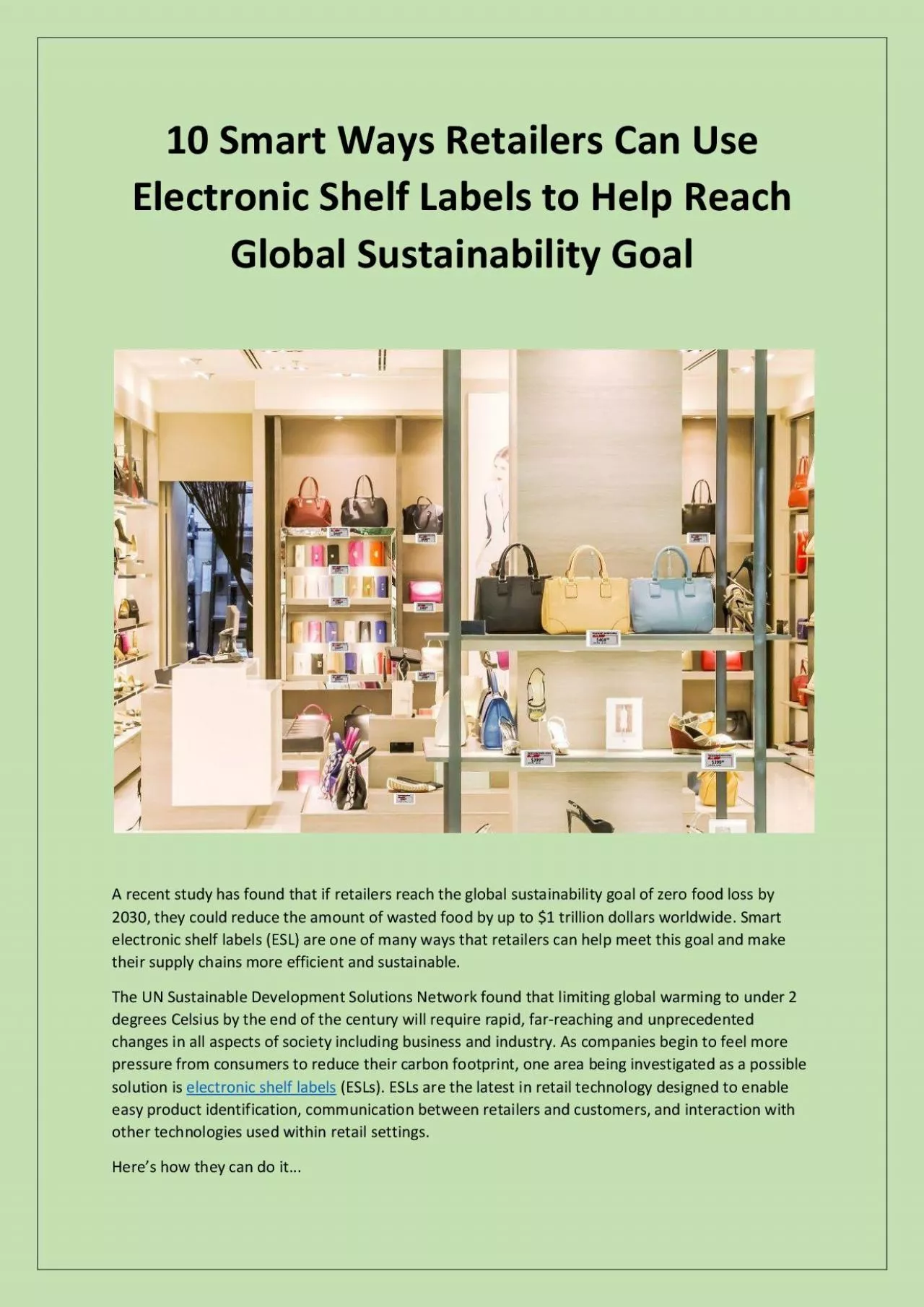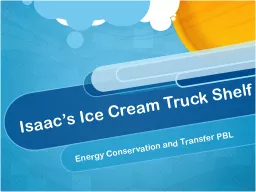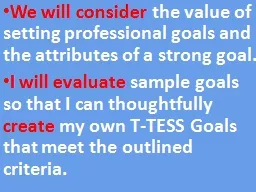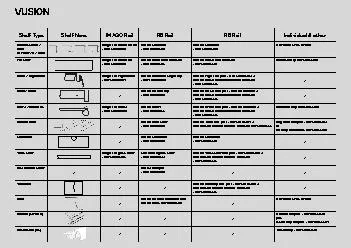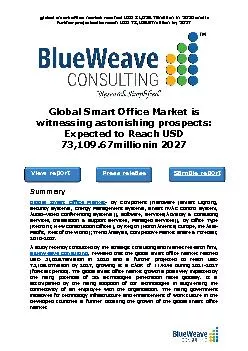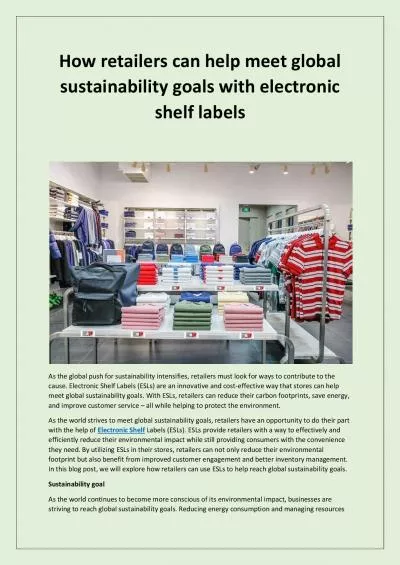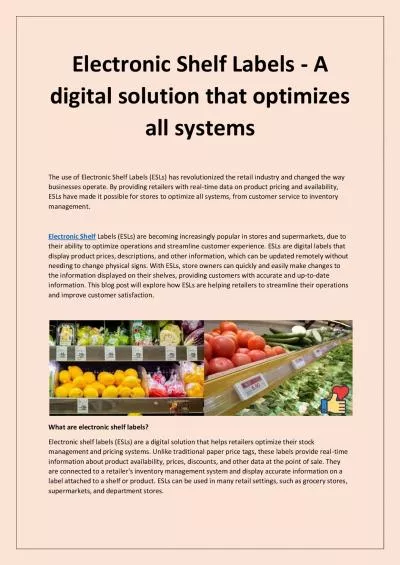PDF-10 Smart Ways Retailers Can Use Electronic Shelf Labels to Help Reach Global Sustainability
Author : minewtag01 | Published Date : 2022-10-19
A recent study has found that if retailers reach the global sustainability goal of zero food loss by 2030 they could reduce the amount of wasted food by up to 1
Presentation Embed Code
Download Presentation
Download Presentation The PPT/PDF document "10 Smart Ways Retailers Can Use Electron..." is the property of its rightful owner. Permission is granted to download and print the materials on this website for personal, non-commercial use only, and to display it on your personal computer provided you do not modify the materials and that you retain all copyright notices contained in the materials. By downloading content from our website, you accept the terms of this agreement.
10 Smart Ways Retailers Can Use Electronic Shelf Labels to Help Reach Global Sustainability: Transcript
Download Rules Of Document
"10 Smart Ways Retailers Can Use Electronic Shelf Labels to Help Reach Global Sustainability"The content belongs to its owner. You may download and print it for personal use, without modification, and keep all copyright notices. By downloading, you agree to these terms.
Related Documents

